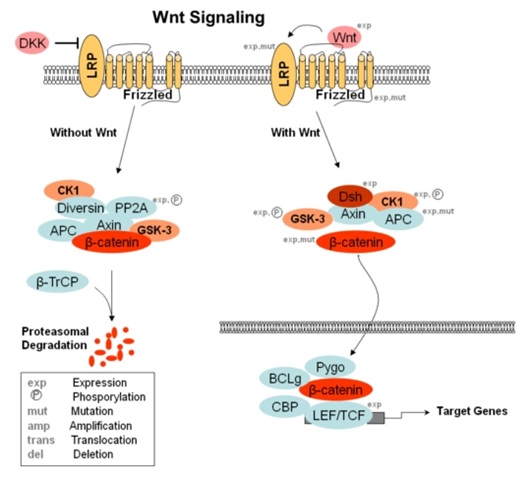Several lines of evidence show that synthetic lethal interactions targeting DNA repair pathways may have clinical applications in cancer therapy. In a recent paper, Albarakati et al. demonstrate that BRCA1-BER deficient cells can be the target of a synthetic lethality approach by using ATM or DNA-PKcs inhibitors. (1) This publication also highlights the robustness of the SilenciX cellular models in drug discovery and particularly in synthetic lethality approaches.
Over the last years, several studies have shown that synthetic lethality (SL) targeting DNA repair events may have clinical applications in personalized medicine. For example, ATM or DNA-PKcs inhibitors are synthetically lethal in platinum chemotherapy sensitive XRCC1 deficient cells and APE1 inhibition is synthetically lethal in BRCA1 deficient breast cancer cells (2).
In that context, Albarakati et al. (University of Nottingham) investigate if SL with ATM or DNA-PKcs inhibitors may apply to BRCA1-BER deficient cells. For this, the authors investigated the cytotoxic effects of small molecules on BRCA1 proficient and deficient cellular models alone or in combination with ciplastin (platinum chemotherapy). For this, HeLa cell models BRCA1-specific stably silenced with a non integrative shRNA technology (SilenciX) were used. These cell lines have already demontrated their capacity to explore SL approaches in vitro. (2, 3) Double Strand Breaks (DSBs) were evidenced with the phosphorylated H2AX at serine 139 (gama H2AX) as a biomarker of DSBs.
These SilenciX BRCA1 KD HeLa models allowed the authors to show that the ATM (ex. KU55933) or DNA-PKcs (ex. NU7441) inhibition can induce SL in BRCA1 deficient cells with accumulation of DSBs, cell cycle arrest and induction of apoptosis.
Sources:
(1) Albarakati N. et al. “Targeting BRCA1-BER deficient breat cancer by ATM or DNA-PKcs blockade either alone or in combination with cisplatin for personalized therapy” Molecular Oncology 2014 August. doi:10.1016/j.molonc.2014.08.001.
(2) Sultana R. et al. “Targeting XRCC1 deficiency in breast cancer for personalized therapy” Cancer Res. 2012 Dec 19.
(3) Mennesson E. et al. “SilenciX®, novel stable knock-down cellular models to screen new molecular targets through the synthetic lethality approach” (AACR 2014, San Diego) Abstract n° 3733.
(4) Renault A. (tebu-bio), Helen Robinson (MISSION Therapeutics) et al. “BRCA2 specific knoch-down stable cellular model to screen molecular targets with the Synthetic Lethality approach” (poster at the Cancer Pharmacogenomics and Targeted Therapies congress). September 2013.
SilenciX® is a registered trademark of tebu-bio; technology licensed from the Atomic Energy and Alternative Energies Commission (CEA).![]()
Regarding your research, would you consider shRNA as a possible approach for cancer research?



